Info Topics
Foundations of Learning
Understanding children with deafblindness and knowing how to connect with them forms the foundation for learning.
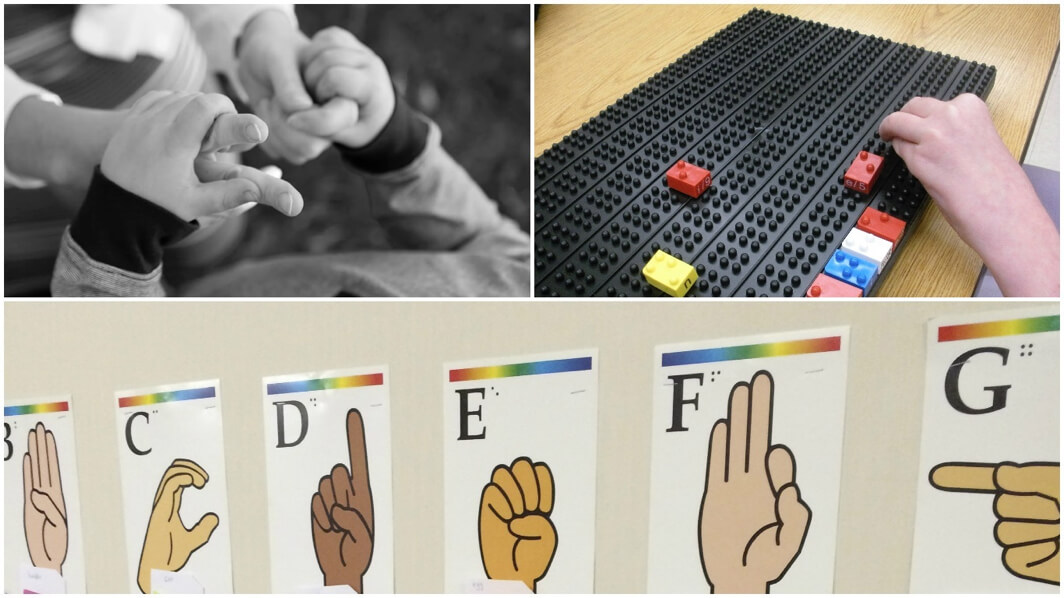
Topics
Assessment
Individualized assessments conducted by trained evaluators guide educational program development.
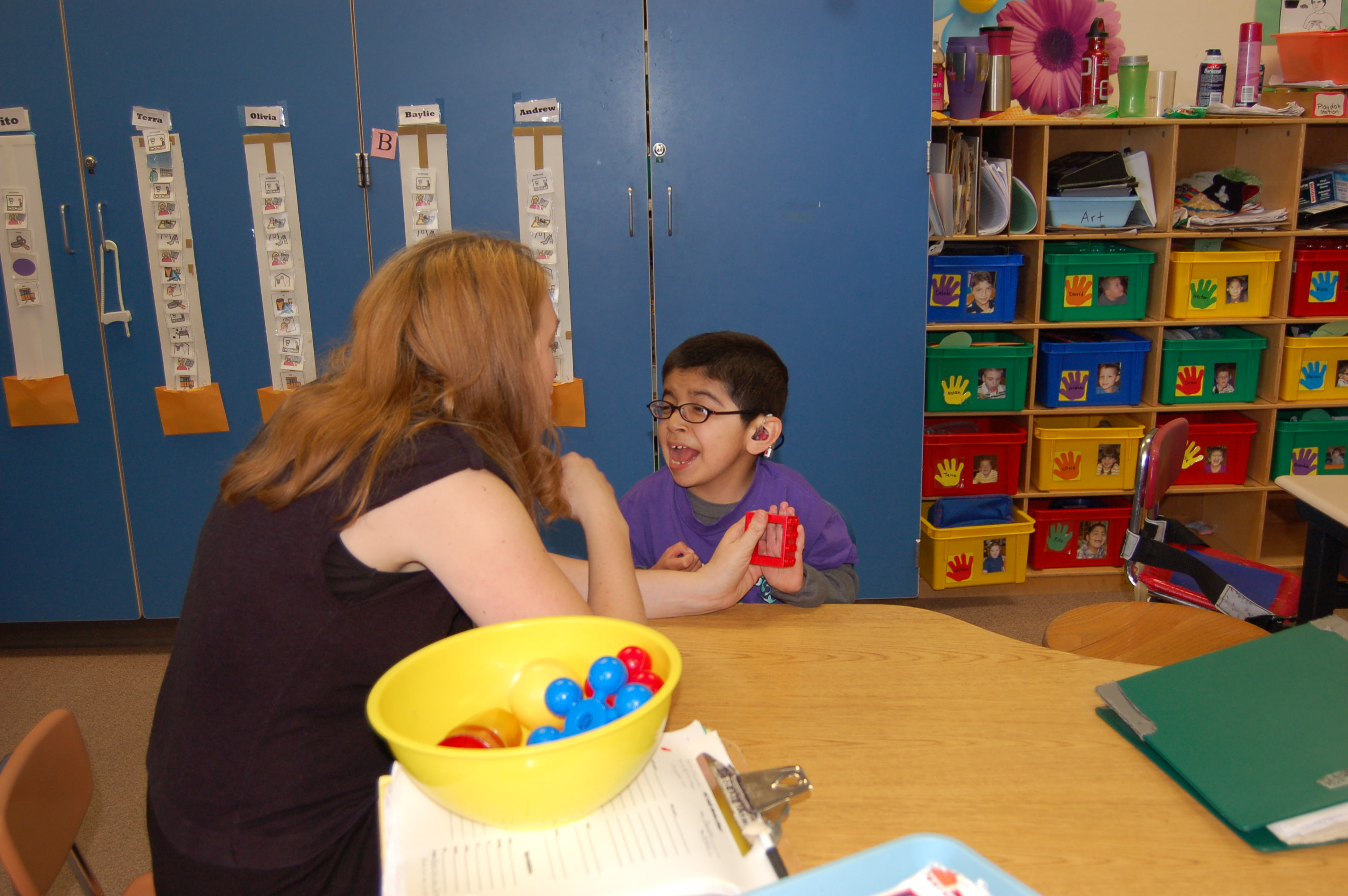
Topics
Educational Services
Qualified personnel trained in deafblind assessment, planning, and instruction are essential.
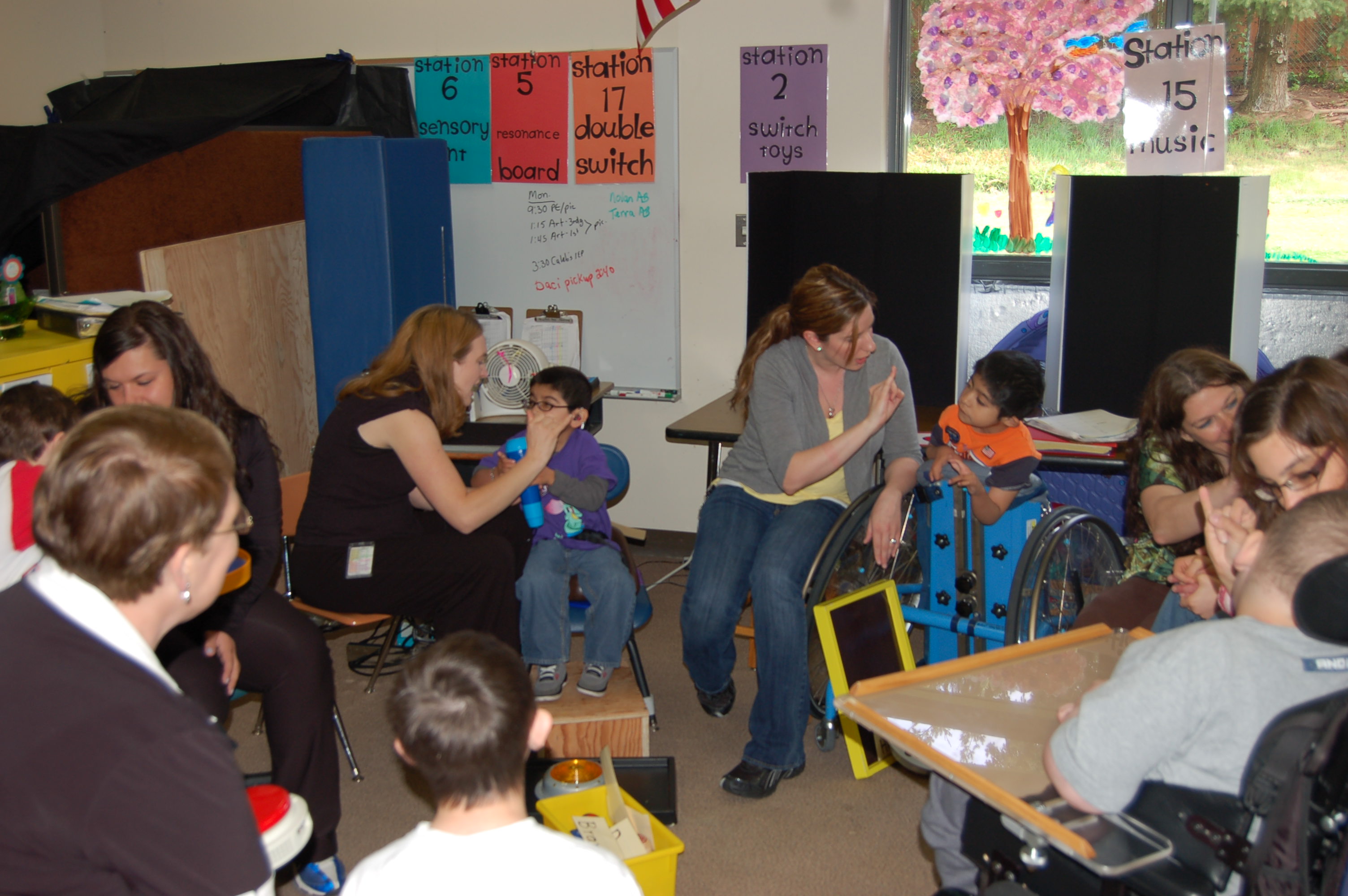
Topics
Communication Basics
Communication is broader than just spoken or signed language. It includes gestures, movement, facial expressions, and more.
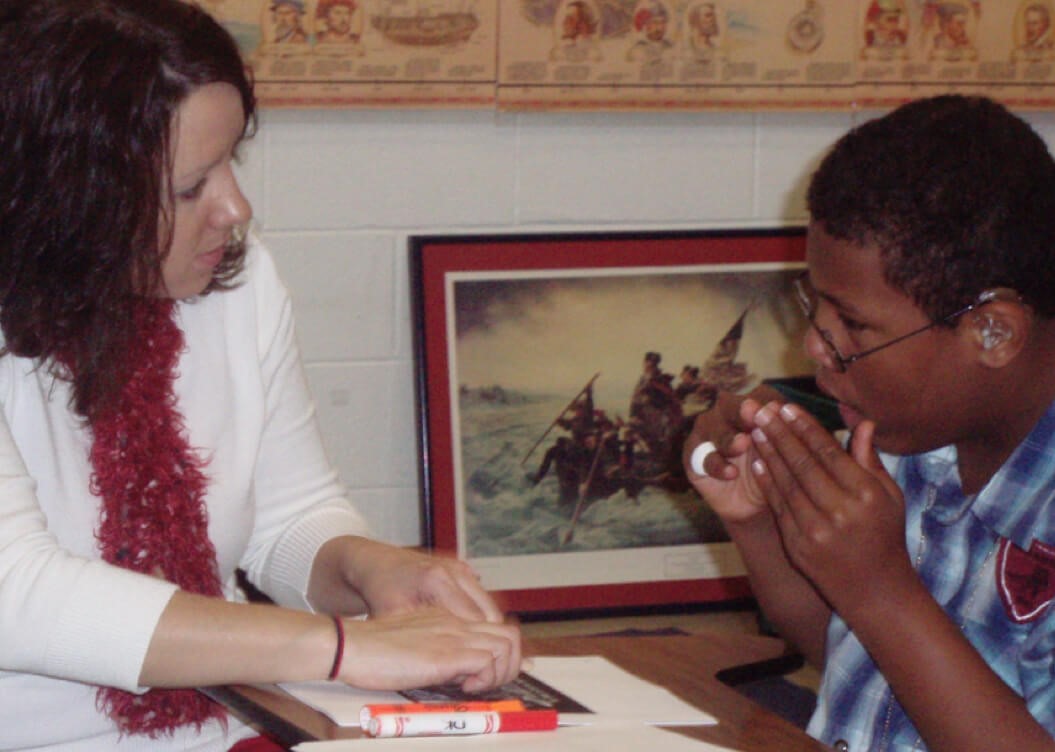
Topics
Communication and Concept Development
Children with deafblindness require specific interventions to build communication skills and conceptual understanding.
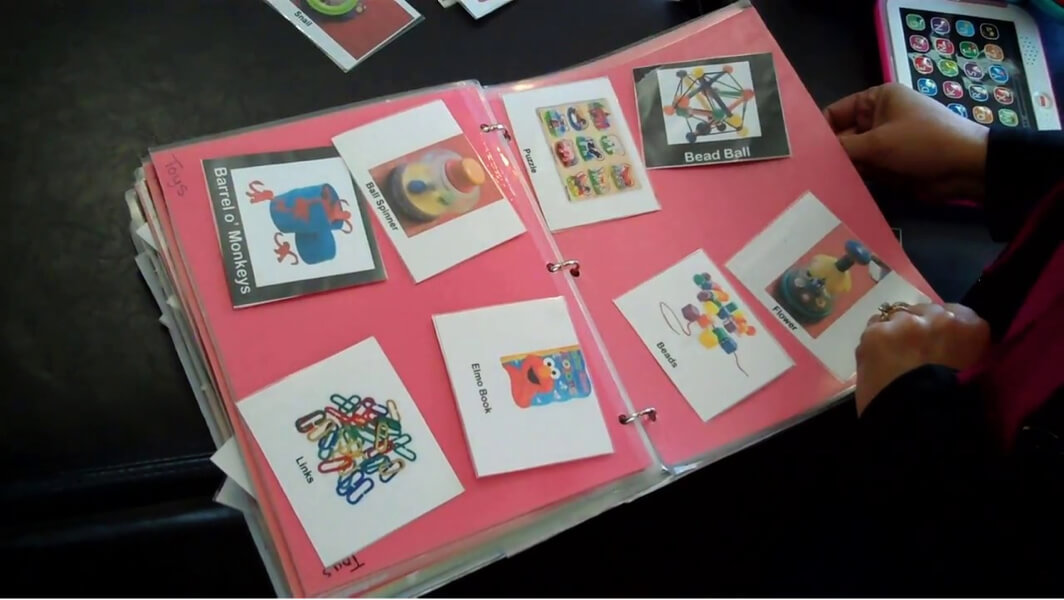
Topics
Promoting learning
There are many instructional strategies, accommodations, and other supports available to help children with deafblindness learn.
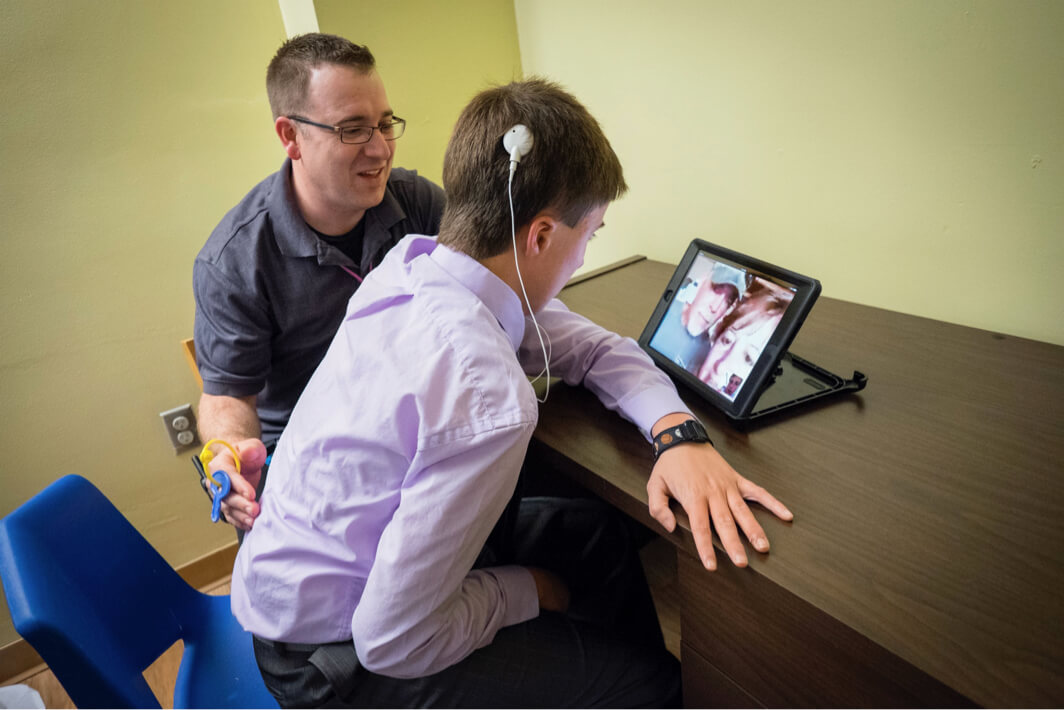
Topics
Life skills
The development of key life skills is essential in order for children and youth to be as independent as they can possibly be.
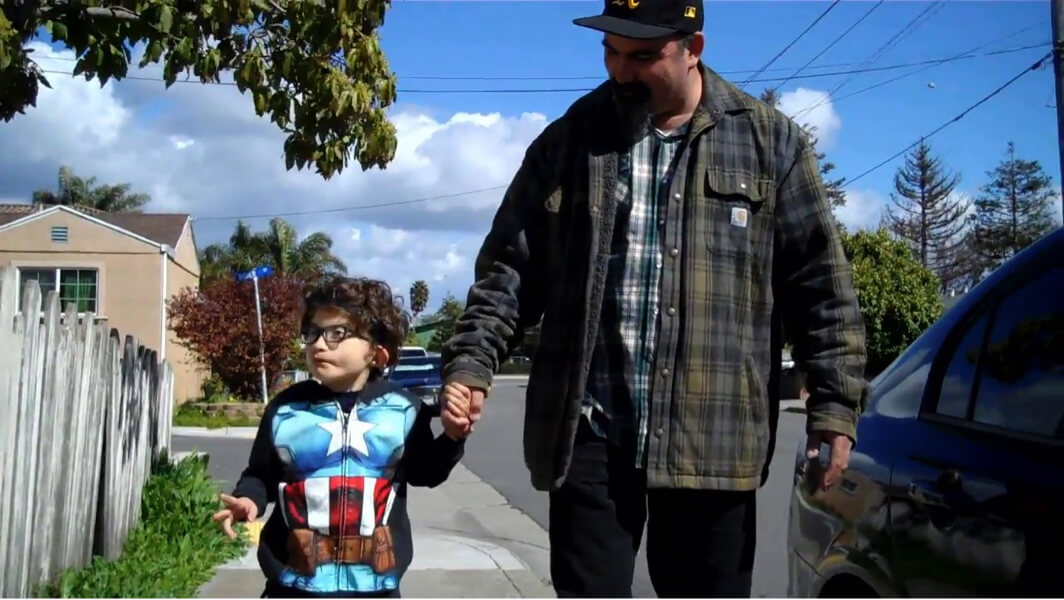
Topics
Transition to Adulthood
Transition planning helps children and youth get ready for employment, post-secondary education, and community life once they leave school.
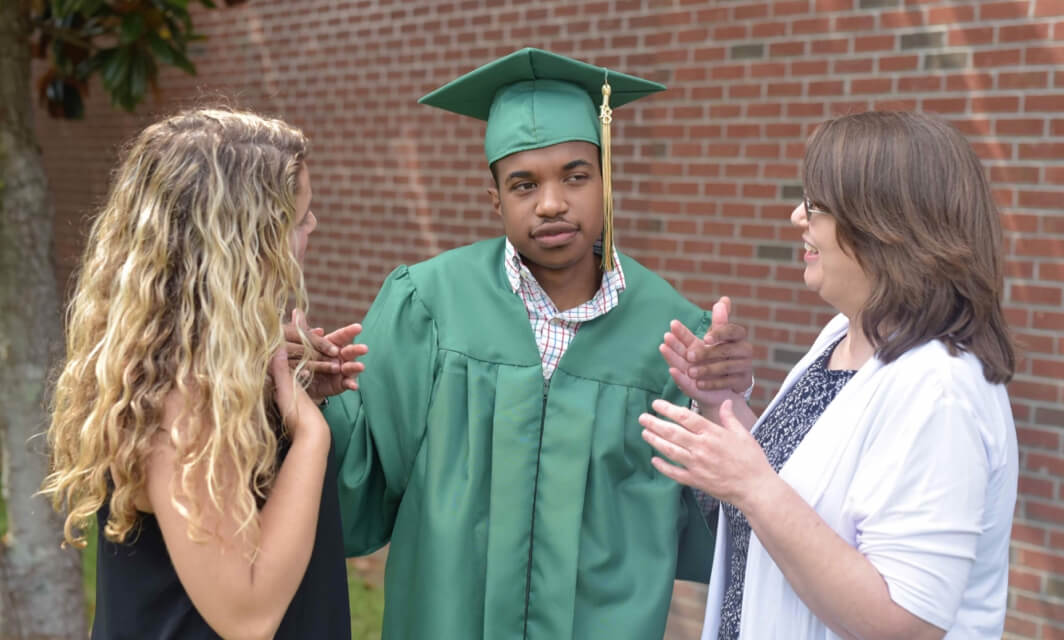
Socialization and Recreation
Relationships and participating in enjoyable, interesting activities are as important as academic and functional skills development.
Topics
↑ Back up to category list